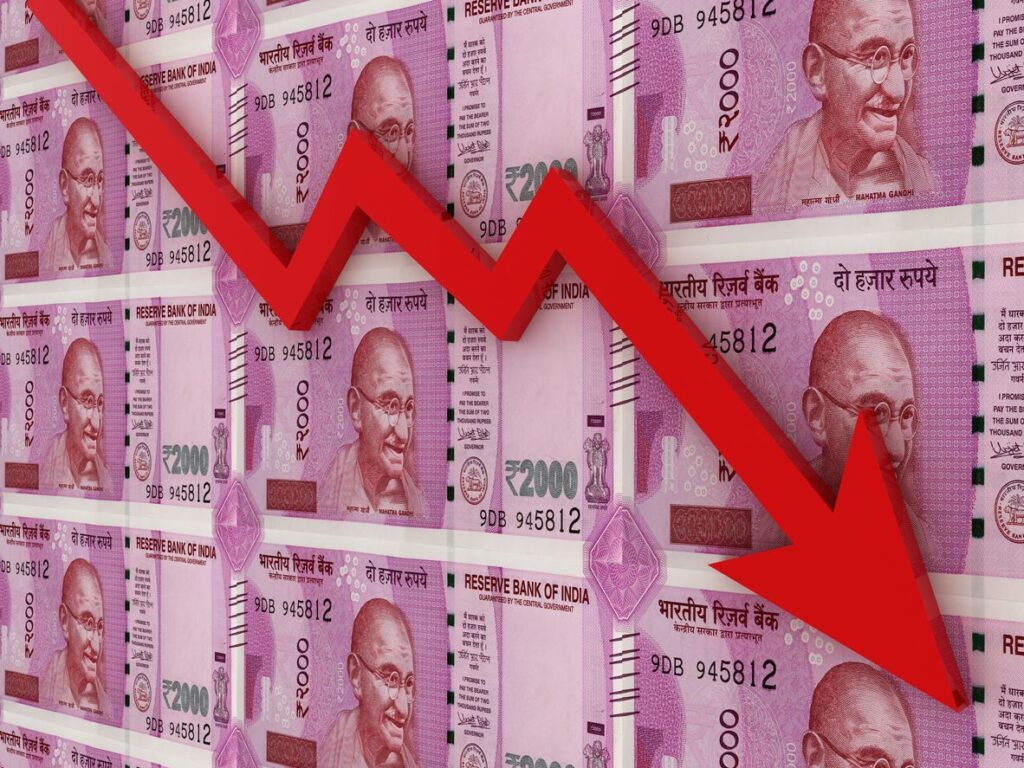Dasarathi Mishra
According to RBI, of the total value of ₹3.56 lakh crore of ₹2000 banknotes in circulation as on 19 May 2023, 97 per cent of such notes has been received back to the system as at the close of business on 31 October 2023

In a significant development, ₹2000 denomination banknotes were withdrawn from circulation, as per RBI Press Release 19 May 2023. It may be recalled that the ₹2000 denomination banknote was introduced in November 2016, primarily to meet the currency requirement of the economy after the withdrawal of legal tender status of all ₹500 and ₹1000 banknotes in circulation.

The objective of introducing ₹2000 banknotes was met once banknotes in other denominations became available in adequate quantities. Therefore, printing of ₹2000 banknotes was stopped by RBI in 2018-19.
In the present situation, RBI advised the banks to provide deposit and / or exchange facility for such banknotes until 30 September 2023 which was further extended to 7 October 2023. With effect from 8 October 2023, banks stopped accepting ₹2000 notes for deposit and exchange.
According to RBI,₹2000 banknotes shall continue to be allowed to be presented at the 19 Regional Offices of RBI for credit to the bank accounts in India or exchange. RBI has set a maximum limit of ₹ 20,000 for exchange of ₹ 2,000 notes.
Individuals/entities can exchange 10 such notes at a time. However, courts, law enforcement agencies, government departments or any other public authority involved in investigation proceedings may deposit / exchange ₹2000 banknotes, as required, at the RBI Issue Offices without any limit.
RBI advised that banks holding Currency Chests (CCs) shall ensure that no withdrawal of ₹2000 denomination is allowed from the CCs. All ₹2000 banknotes held in the CCs shall be classified as unfit and must be dispatched to RBI offices. Individuals / entities from within the country can also send ₹2000 banknotes through India Post, addressed to any of the 19 RBI Issue Offices for credit to their bank accounts in India.
According to RBI, of the total value of ₹3.56 lakh crore of ₹2000 banknotes in circulation as on 19 May 2023, 97 per cent of such notes has been received back to the system as at the close of business on 31 October 2023.
Importantly, ₹2000 banknotes shall continue to be legal tender.
Past episodes
The public faced a lot of challenges in the aftermath of demonetization of high denominated notes in November 2016.
Let us visit the past events of demonetisation:
12 January 1946: The High-Denomination Bank notes (Demonetisation) Ordinance, 1946, demonetised ₹ 5,000 notes, and ₹ 10,000 notes. The stated purpose was to curb black money.
16 January 1978: The government of India promulgated the High-Denomination Bank notes (Demonetisation) Ordinance, 1978, demonetising ₹1,000, ₹5,000, and₹10,000 notes. The purpose was to curb ‘the illicit transfer of money for financing transactions which are harmful to the national economy’.
8 November 2016. The government of India, in terms of Gazette notification 8 November 2016, withdrew the legal tender character of bank notes of ₹500 and ₹1,000 denomination from the midnight of 8 November. The stated objective was to curtail the shadow economy, reduce the use of illicit and counterfeit cash to fund illegal activities and terrorism.
Impact of 1978 and 2016 demonetisation
It may be seen that when ₹1,000 notes were demonetised in January 1978, the stock of such high-denomination notes(called registered notes) was only a meagre 1.37 per cent of the total notes in circulation. Thus, impact on the general public was almost absent. The high component of Specified Bank Notes in the 2016scenario (84.2 per cent) created immense disruption in the economy. RBI and the banking system could navigate well in such extreme situation with a good deal of coordination among the Central Government, RBI, banks with good public support.
According to an RBI staff study, excess deposit growth in the banking system during the demonetization period (November 11, 2016 to December 30, 2016) worked out to 4.0-4.7 percentage points. There has been a significant increase in bank deposits due to demonetization, which could be a favorable impact on financial savings and their channelization to securities markets and for productive purposes.
There was a quantum jump in digital transactions post demonetisation. The debit card, mobile wallet transactions picked up substantially. Use of QR Code became ubiquitous and made the payment system quite efficient.
In March 2023, RBI launched ‘Har Payment Digital’ to give further push to digital transactions. UPI has emerged as the most preferred payment mode in India pioneering Person to Person (P2P) as well as Person to Merchant (P2M) transactions accounting for 75% of the total digital payments. The volume of UPI transactions has increased manifold from just 4.5 million in January 2017 to 10.00 billion in August 2023.
(The author is a former Chief General Manager, Reserve Bank of India. Views are personal.)






















